Why does America use a MM/DD/YY date format?
The short answer
Like a lot of things regarding language, we don't know for sure. The best theory is that Americans generally gravitate towards speaking and writing out dates with the month first. As a result, it makes sense to replicate that in the numbered American date format of MM/DD/YY, where the month comes before the day and year.
The long answer
It's important to note that abbreviated number date formats (e.g. 11/18/22) weren't commonly used until the age of computers. So the choice to start with the month or day tracks back to how we speak and write out dates. Americans’ approach to date formatting differs from most of the world, which often uses the DD/MM/YYYY or the ISO standard date format of YYYY-MM-DD.
As far as I was able to research, there wasn't an exact moment in time wherein Americans decided to start with the month before the day. The answer essentially boils down to the fact that some important, public people started to gravitate toward saying dates as "January 1st" instead of "1st of January," and then the rest of America followed suit.
On the top of the Declaration of Independence, you'll find "July 4, 1776.” But both the Month Day, Year and Day Month Year formats were commonly used throughout most of American history. Starting around the mid-20th century is when we see the Month Day, Year format solidify as the American date format. In his most famous speech, President Franklin D. Roosevelt recounted, “December 7, 1941 – a date which will live in infamy.” And in the 1960s and 70s, news anchor Walter Cronkite signed off every broadcast with the current date in the Month Day, Year format. And that's the way it is today.
When we started abbreviating dates with numbers, Americans chose to follow the way they were speaking and used MM/DD/YY, to the rest of the world's chagrin. This is why Americans write the month first and continue to use this date format in the USA despite it being different from the rest of the world.
Bonus brain points
In 1988, the International Standards Organization (ISO) decided to do what it does best: standardize. The ISO standard date format is YYYY-MM-DD. This format has several benefits. It includes a four-digit year (no Y2K repeat), it's unambiguous about what is a day and a month, is easily stored by computers, and, since no country was using it before, it doesn't favor one country's traditions over another. The ISO format is gaining traction globally for its clarity and consistency.
Curious about how the world works?
Today You Should Know is a free, weekly email newsletter designed to help you learn something new every Friday.
Subscribe today 👇
Sources
Deschner, R. (2001, December 21). ISO 8601: The right format for dates. Retrieved November 17, 2022, from https://www.uic.edu/depts/accc/software/isodates/datefmt.html
Frank, H. (n.d.). 16. How dates are written and abbreviated. The UF/IFAS Entomology & Nematology K.I.S.S. Pages. Retrieved November 17, 2022, from https://entnemdept.ufl.edu/frank/kiss/kiss16.htm
Melissa. (2017, July 19). Americans and the date format and how that relates to data storage, holy wars and soft-boiled eggs. Today I Found Out. Retrieved November 17, 2022, from https://www.todayifoundout.com/index.php/2014/10/americans-write-dates-differently-practically-everyone-else-relates-data-storage-holy-wars-soft-boiled-eggs/
